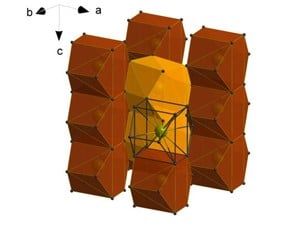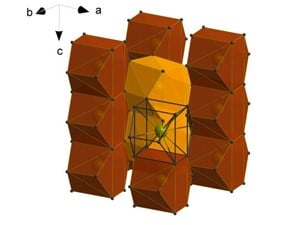
Design and prediction are integral to Atomically Precise Manufacturing and its development. This is in part because fully functional APM can be readily explored computationally today, to levels of precision that cannot be experimentally developed today. In such a context, design is not just a resource but an approach.
With rapidly expanding computational power, examples of new technological advancements centered on design/prediction are becoming more prevalent (such as projected nanomedicine advances as noted by Jim Lewis here). Such emerging cases are refreshing contrasts to the familiar historical example of graphene, which was fairly well understood computationally for decades even as efforts at fabrication remained intermittent.
Continuing the trend towards more design-oriented development approaches, a new superconductor has now been predicted and fabricated with intent.
The article, titled “New superconductor is first predicted then created” was recently featured on the Royal Society of Chemistry’s online media site Chemistry World. The article explains:
In 2010 and 2011 Aleksey Kolmogorov and colleagues at the University of Oxford, UK, and Ruhr-University Bochum in Germany predicted that, at very high pressures, iron and boron would form the previously unobserved compound FeB4 and that, when cooled to cryogenic temperatures, this compound would superconduct. Kolmogorov, now at Binghamtom University, US, has now collaborated with European experimentalists to prove this.
…
The researchers suggest that the combination of hardness and superconductivity could prove useful in superconducting nanoelectromechanical systems. However, team member Natalia Dubrovinskaia, of the University of Bayreuth in Germany, stresses that ‘the main result is not prospective applications of this particular material, but the change in vision regarding the possibility to design superconductors from scratch’.
Computation and design are tremendous assets in shaping and developing future technological systems, such as APM. Currently these assets are being utilized more for developing isolated components rather than systems, but these proof-of-concept successes bring much-deserved mainstream attention to the importance and value of the design/prediction approach.
-Posted by Stephanie C
